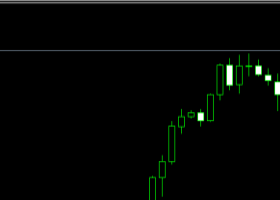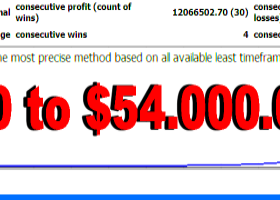In a three wave move, the alternating waves will be wave A and wave C
(or if you label with numbers, wave 1 and wave 3). So in the picture
below of an uptrend, the alternating waves are the first wave of the
uptrend and the 2nd leg of the uptrend which happens to be the C leg of
the pattern (the waves colored in blue).

So when referencing alternating waves, we are referring to waves ‘1’ and ‘3’ or waves ‘A’ and ‘C’.
What are the common wave relationships?
There are many ratios that traders use. We will try to keep things
simple and focus only on patterns showing a .618, 1.00, 1.618 or 2.618
relationship.
These ratios are derived from the Fibonacci number sequence. The
Fibonacci sequence is a numerical series where every number is the sum
of the preceding two numbers. Here is an example of the first several
Fibonacci numbers:
1, 1, 2, 3, 5, 8, 13, 21, 34, 55, 89, 144, etc
The ratios mentioned at the beginning of this section are obtained by manipulating the numbers in this sequence.
.618 = Take any number of the sequence and divide it by the number to
the right. As this sequence becomes larger, this ratio closes in to
.618.
1.618 = Take any number of the sequence and divide it by the number to
the left. This ratio closes in on 1.618 as the sequence becomes larger.
2.618 = Take any number of the sequence and divide it by the number 2
positions to the left. This ratio closes in to 2.618 as the sequence
becomes larger.



